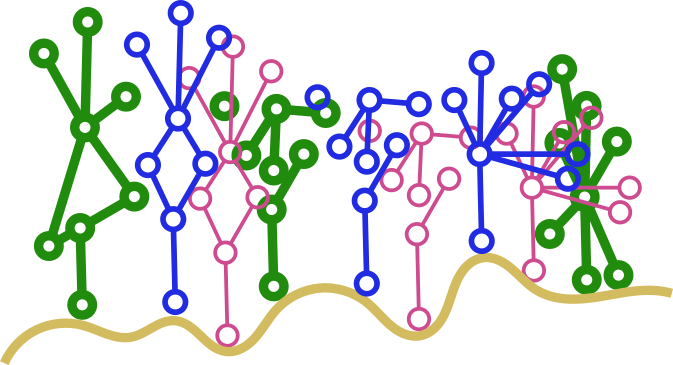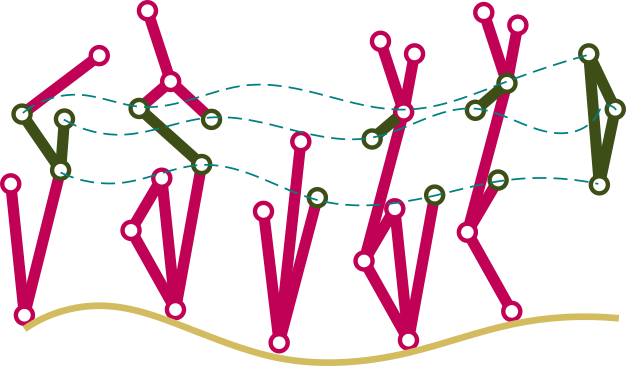Graph DBs specialize in storing millions of data points in a single graph, allowing you to expose relationships between records. But what if your data is a graph? Though this seems like a natural fit for a graph database, the two concepts clash and the end result is never very functional. ReefDB fills in this gap: where traditional dbs (like MySQL or Neo4j) store tuples (in tables or graphs), ReefDB stores graphs. ReefDB then allows you to query and manipulate millions or billions of graphs using SQGL, a superset of SQL that extends SQL to support graph manipulations.
What is ReefDB?
ReefDB is a dense micrograph database.
Store millions of graphs and query them like you would query records in a traditional relational database.
Traditional graph databases focus on storing records within a single graph, with the graph replacing the table. ReefDB, instead, focuses on when the graph itself is the data, and allows you to store graph or tree data as distinct records.


Analyze Data From Millions of Graphs
Use a superpowered version of SQL to analyze graph data as effortlessly as you analyze data in a relational database.
Avoid having to learn a new query language. ReefDB is built upon an expansion of SQL from collections of records to collections of graphs. By extending SQL rather than building an entirely new query language, ReefDB makes it easier to get up and running and do the work you want.
Comfort of SQL
One distinct difference between ReefDB and traditional graph databases is that its data model and query language are designed as supersets of SQL. The underlying mathematics of ReefDB fully support any traditional SQL data set and any query. The schema of a table can be extended to allow graphs to be stored in each record and SQGL is the extension of SQL to support operating on these graphs.
User Experience
User experience is the number one priority of ReefDB design and figures into every facet of the query language design, the CLI design, and the WebUI design. Making life as easy as possible for every user is a foundational principle of our database.
Schematized
ReefDB is fully schematized rather than un-structured. This gives three major advantages over other graph databases: schemas provide documentation to make it easier to create a query, queries are strongly typed reducing risk of bad data being saved, and the query engine can better optimize queries because dynamic type resolution is no longer needed.